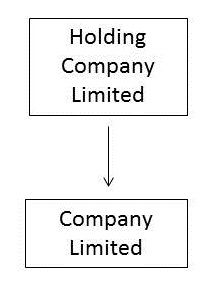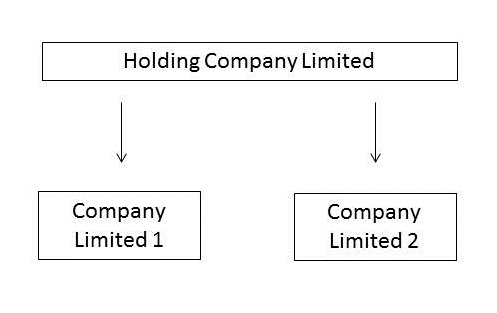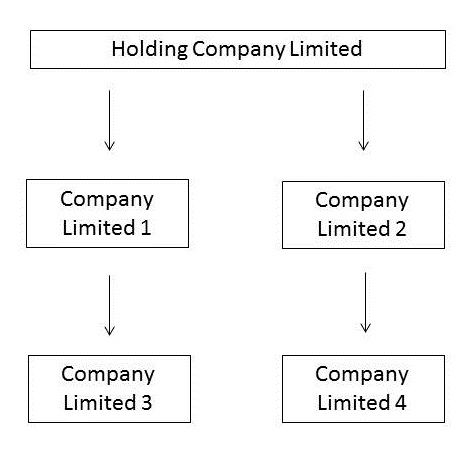Wonderful service from start to finish.
How can I protect my business and its assets?
There are many ways to protect your business, especially at such uncertain times and a very common method we have seen so far throughout the pandemic is the use of group structures. Stacey Browne, Company Commercial Solicitor, explains how the use of group structures has grown this year and how this particular option could have benefits for your business.
This year has turned the way we work upside down and has forced changes such as remote working (whether we were ready for it or not) which has understandably put pressures on businesses.
Business owners have been forced to reflect on how they can better organise their business and protect their main assets. Companies who operate with all of their assets on one balance sheet may be facing stressful times from the increased exposure to commercial risk.
What are the benefits of a group structure for a business?
Clients are now considering the benefits of a group structure and the use of a holding company. A group company is where one limited company owns another and the top company is normally called the ‘holding company’ and the structure would look like this:

‘Company Limited’ (above) would be known as a subsidiary company of ‘Holding Company Limited’. Holding Company Limited can have as many subsidiaries as it wants, for example, it could be structured as follows:

Alternatively, it could be structured as follows:

There are many ways in which to structure a group company and by doing so provides many benefits. For example, if one subsidiary holds the companies property interests and another holds the business interests it isolates certain assets away from the trading company to protect them.
Are you aware of the benefits of a group structure? Below are some useful points for you to consider.
Business advantage to a group structure
It is fairly easy to add a subsidiary company to create or expand your group structure. If your business expands in to a new venture or sector, you are able to create a subsidiary limited company for that purpose and bring in new shareholders for the benefit of that section of the business rather than the entire operation.
Similarly, you may be looking at providing employees and/or directors with shares; in which case, the use of a group structure would allow you to offer this benefit to them within the subsidiary company that employs them rather than in the entire holding company.
Protection of assets
As briefly discussed above, you can protect and isolate certain assets, which a company acquires and builds up, from the day to day commercial risks of running a business; this is because each company benefits from its own limited liability.
By way of example, if you currently have one limited company currently in operation (i.e., no group structure is yet in place) and the limited company owns a property, you can create a group structure by creating a holding company. You can then move the property that you have acquired up to the holding company, therefore protecting it from the commercial risks of the limited company of which you trade from and freeing up the limited company’s balance sheet. Assets which increase in value, such as property, can be transferred to a company within the same group at their book value rather than their market value too.
It is essential to discuss your own circumstances with a solicitor and accountant first to ensure the best structure is formed for your business as structuring your group company correctly is important to prevent the holding company at the top of the structure facing any commercial risk.
Tax advantage of a group structure
There may be tax advantages when using a group structure. In terms of the property example we used above, there are usually zero Stamp Duty implications when you move property around a group structure, or any tax consequences when moving other assets between the group companies either. For example, an IT company that owns a lot of computers and software may be able to move them from the company that they trade from to another subsidiary without incurring any tax implications.
An added benefit of a group company is when a subsidiary company makes a loss; it can offset that loss against the profits within the group, which can give new ventures a better chance of success.
It is important to note that a group structure may not always be right for you and your business therefore it is always advisable to seek the appropriate advice before going ahead. In order to enjoy the benefits of a group company it must make commercial sense to your individual circumstances and long term business plans will need to be taken into consideration.
To discuss your company structure and whether a group structure may benefit for your business and protect your assets, you can contact Stacey today on 023 8071 7411 or email staceybrowne@warnergoodman.co.uk.
ENDS
This is for information purposes only and is no substitute for, and should not be interpreted as, legal advice. All content was correct at the time of publishing and we cannot be held responsible for any changes that may invalidate this article.
